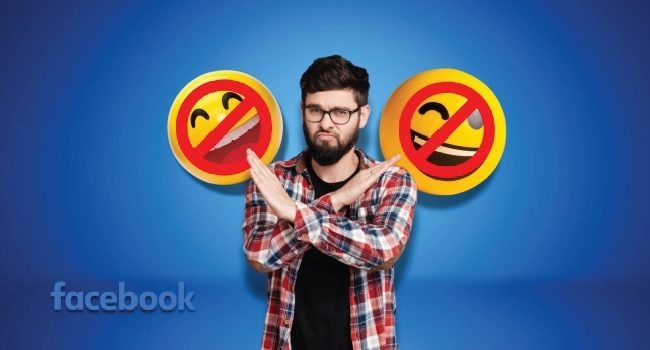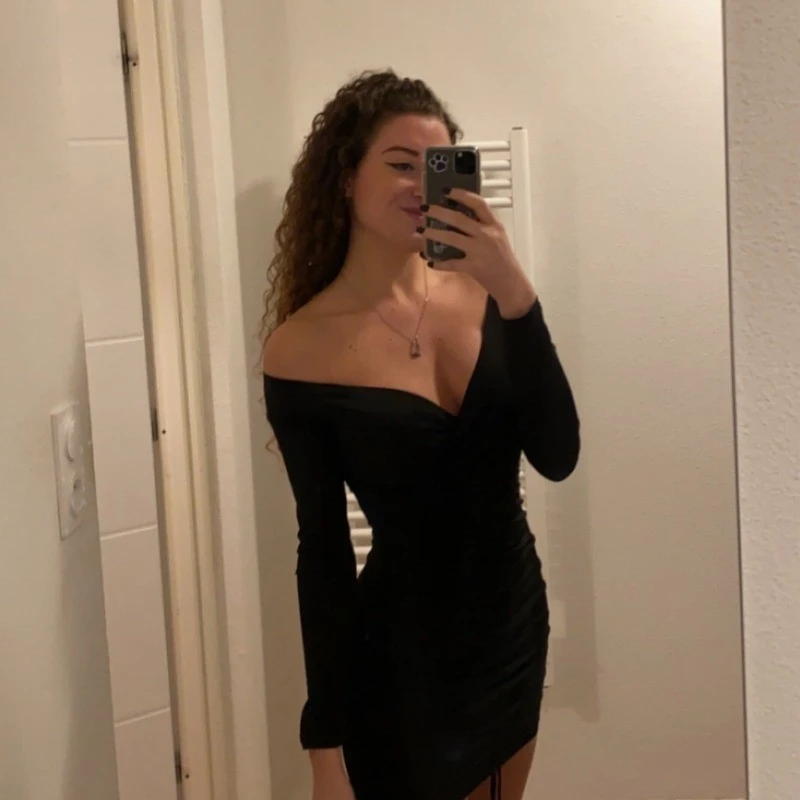
If you’ve ever looked up how to remove a reaction on Facebook from someone else, you already know how frustrating it can feel when someone leaves the wrong emoji on your post.
Maybe it’s a laugh where you wanted support, or a thumbs-up on something serious. At first glance, it seems like there should be an easy way to fix it, but is there really?
What You Can Do Instead (By Situation + Step-by-Step Guides)

Even though you can't remove someone else's reaction directly, you still have several ways to control how people interact with your content. The best approach depends on where the reaction appears—on your profile, in a group, on a Page, or even in Messenger. Let's break it down step by step.
Profile Posts
If a reaction on your personal post bothers you, you can adjust who sees the content.
-
1. Open the post and tap the three dots.
-
2. Select Edit audience.
-
3. Choose Friends, Specific friends, or Only me.
Pages
Running a Facebook Page means you can’t remove reactions, but you can manage who engages.
-
Use the Page’s moderation tools to block certain words.
-
Ban repeat offenders so they can’t interact with your Page again.
Think of this as setting the tone for your audience. Once people know their negative behavior won’t be tolerated, they usually stop.
Groups
As a group admin, you can’t erase a member’s reaction, but you can:
-
Remove the member from the group.
-
Suspend or ban them if they continue to cause issues.
This protects the community and keeps reactions aligned with the group’s purpose. Admins often use these steps to keep discussions safe and welcoming.
Stories & Reels
Unwanted reactions on Stories are common. To manage them:
-
1. Go to your Story settings.
-
2. Choose Hide story from and select specific people.
-
3. Limit replies if needed.
Messenger
In chats, you can’t delete another person’s reaction, but you can remove the message itself:
-
1. Press and hold the message.
-
2. Tap Unsend to delete it for everyone.
This clears the message and any reactions tied to it. It’s the quickest way to remove awkward or unwanted interactions without needing the other person to act.
Next, let’s clear up some common myths and misconceptions.
Myths, Misconceptions & Clickbait to Avoid

When people search for answers about reactions, they often run into half-truths or misleading tutorials. Let's set the record straight.
The truth is simple: you can't directly remove another person's reaction. But you can control who interacts with your posts, limit visibility, and keep your experience positive. By knowing the facts, you'll avoid wasting time on myths and focus on the tools that actually work.
How to Stop Unwanted Reactions in the Future

You may not be able to erase someone else's reaction, but you can take steps to prevent unwanted ones from showing up again. Think of this as setting boundaries for how people interact with your posts.
Adjust your default audience
Go to your privacy settings and choose who can see your posts by default. For example, switching from "Public" to "Friends" limits random reactions from strangers.
Fine-tune Story privacy
Stories often attract quick emoji replies. Open your Story settings, select Hide story from, and pick the people you'd rather not hear from. You can also restrict who's allowed to reply.
Use Page or Group moderation
If you manage a Page or Group, take advantage of moderation tools. Block certain words, ban repeat offenders, or set rules that discourage trolling. This won't delete reactions, but it makes people think twice before engaging negatively.
Explore your old posts
Sometimes, you might want to manage older content too. If that's the case, you can revisit posts you've hidden in the past and even learn how do i unhide Facebook posts so you can adjust privacy or remove them completely.
By being proactive, you’ll cut down on the reactions you don’t want and create a safer space for sharing.
A Better Way to Boost Positive Engagement
Instead of spending energy on negative reactions, you can focus on building more supportive interactions. One easy way is to try one of our top services and buy Facebook reactions. The service comes with fast delivery and from real accounts, with an immediate lift in engagement. This helps your posts stand out in busy feeds and attracts more of the positive feedback you actually want.
When to Report or Escalate
Most reactions are harmless, but sometimes they cross a line. If someone keeps reacting in a way that feels like bullying, harassment, or targeted trolling, it's time to take things further.
Report the post or reaction
Open the post, tap the three dots, and choose Find support or report post. Follow the steps to explain what's happening. This alerts Facebook so their team can review it.
Report the person's profile
If the same person continues to react in bad faith, go to their profile, tap the three dots, and select Report. This can lead to warnings, restrictions, or even a suspension if Facebook finds repeated violations.
Save evidence first
Take screenshots of the unwanted reactions and any related comments. This helps if you need to follow up with Facebook support or explain the situation later.
Consider blocking or unfriending
Blocking cuts off future reactions instantly. It doesn't erase old ones, but it stops the cycle. At the same time, while you're adjusting privacy or learning how to make a post shareable on Facebook, remember you can also choose to limit visibility to reduce unwanted engagement altogether.
Conclusion
At the end of the day, knowing how to remove a reaction on Facebook from someone else comes down to understanding what’s in your control and what isn’t. You can’t press a button to delete another person’s emoji, but you can adjust your privacy, manage your audience, and even block people who bring negativity. When needed, you can also report harassment and keep your online space safe.
By focusing on the tools Facebook actually gives you, you’ll spend less time worrying about unwanted reactions and more time sharing the posts that matter most to you.
FAQs | Frequently Asked Questions |
Can I hide who reacted to my post, not just the number of reactions?
No. You can hide the total reaction count, but the list of people who reacted is still visible if someone taps on it.
If I delete a post, do all the reactions go away?
Yes. Once a post is deleted, every reaction and comment tied to it disappears as well.
Do reactions disappear if I deactivate my Facebook account?
Your reactions will vanish while the account is deactivated. If you reactivate the account, they return.
Is there any way to control which emojis people can use?
No, Facebook doesn’t let you limit emoji types. People can use any of the available reactions.
I’ve seen guides that mention things like “can you remove someones like on Facebook.” Are they accurate?
No. You can’t delete someone else’s reaction or like. The only real options are changing your privacy settings, blocking the person, or deleting the post.
